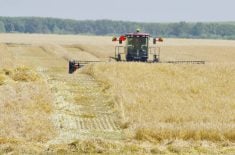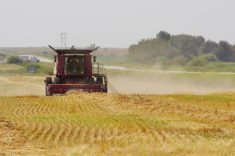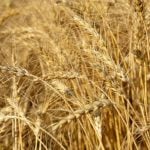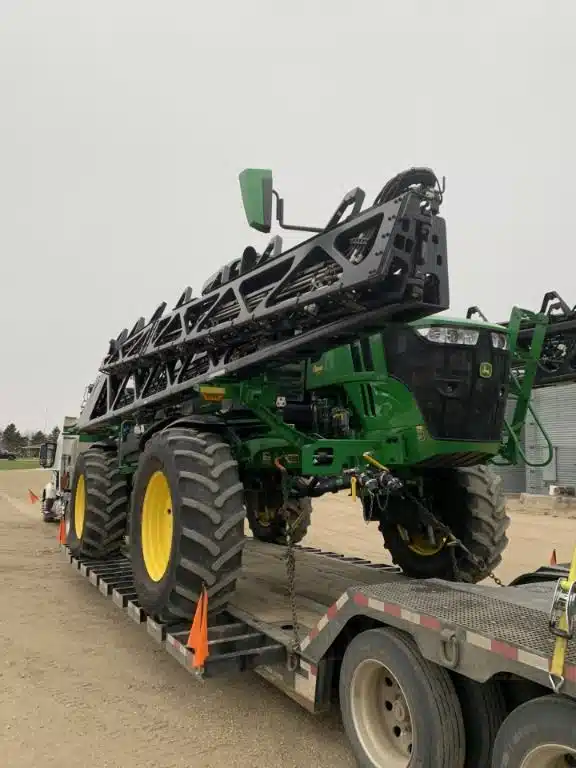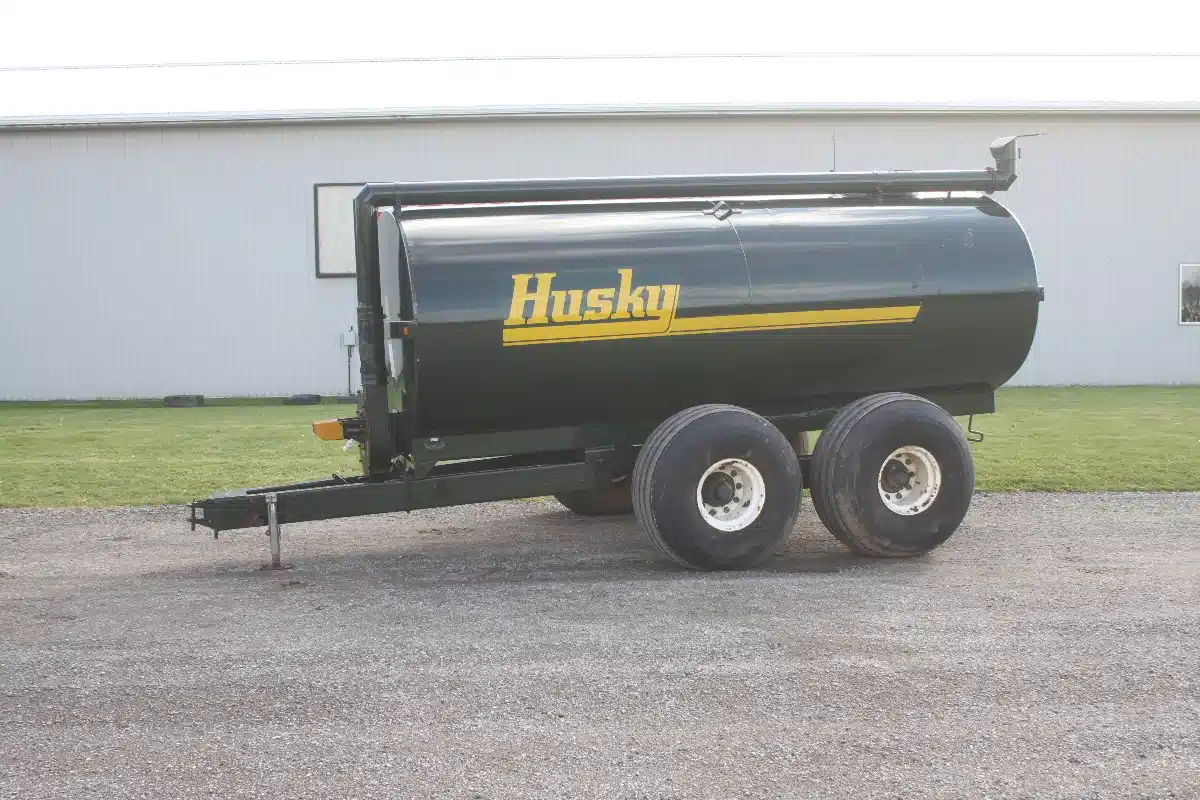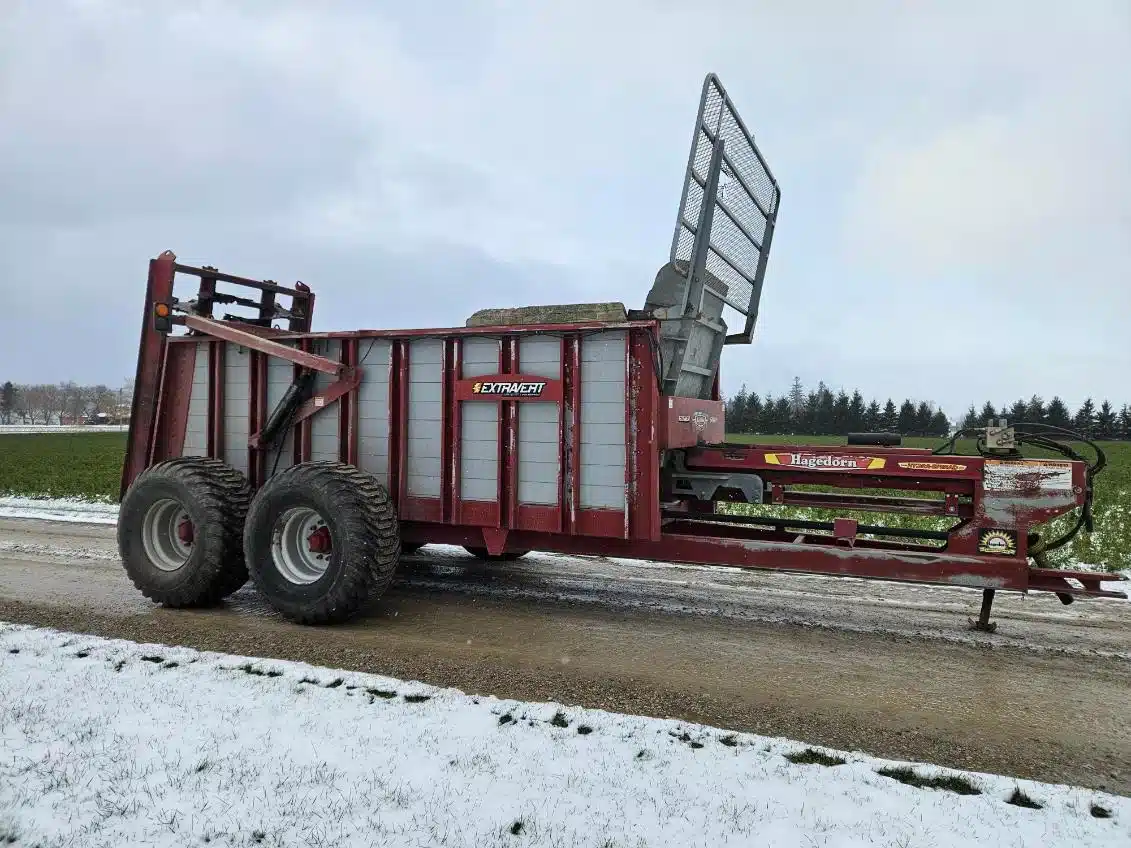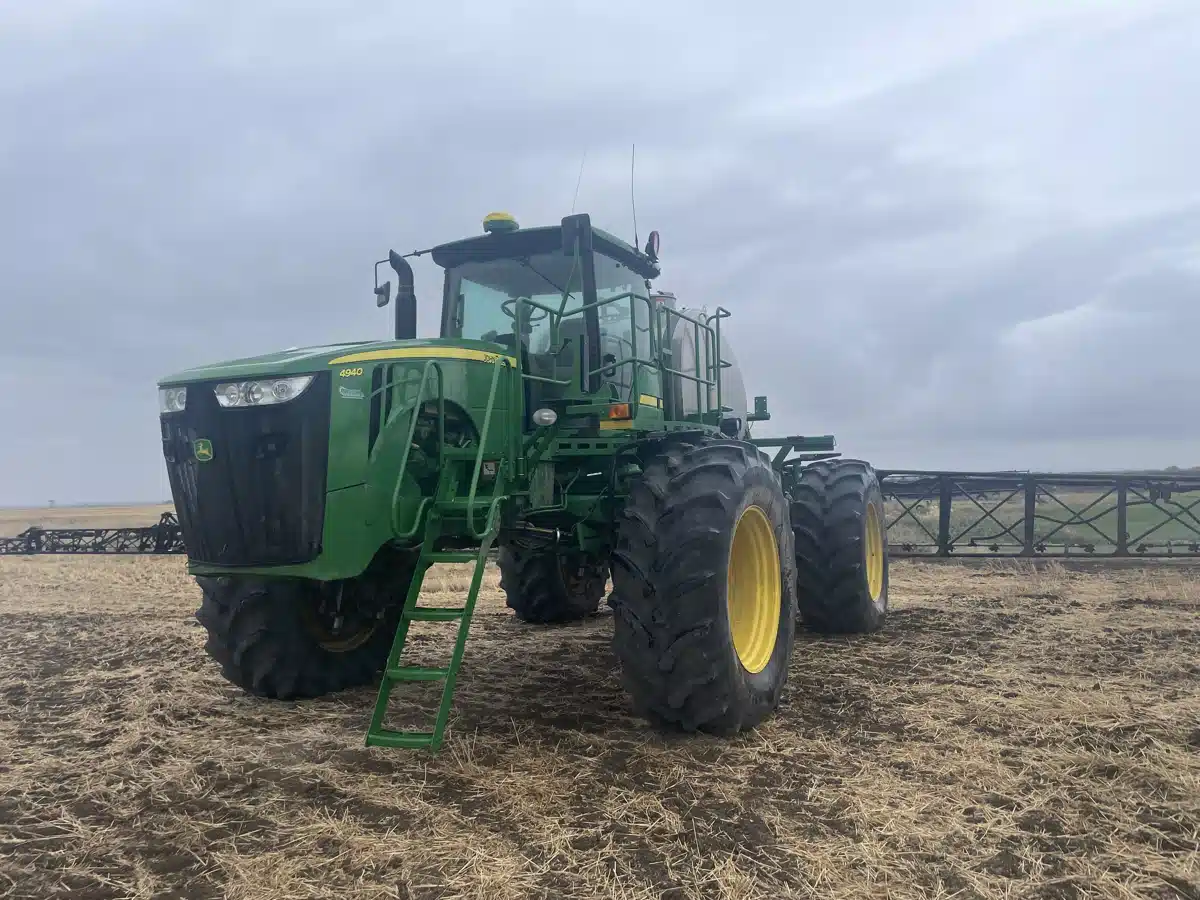It is time to think about desiccation and pre-harvest weed control.
“We’ve had some really good, hot weather for harvesting, so it really hasn’t been a year that we’ve had to talk much about pre-harvest desiccation or pre-harvest weed management,” provincial weed extension specialist Kim Brown-Livingston says.
“But the harvest has just begun, and we’ve got a long way to go yet.”
Read Also
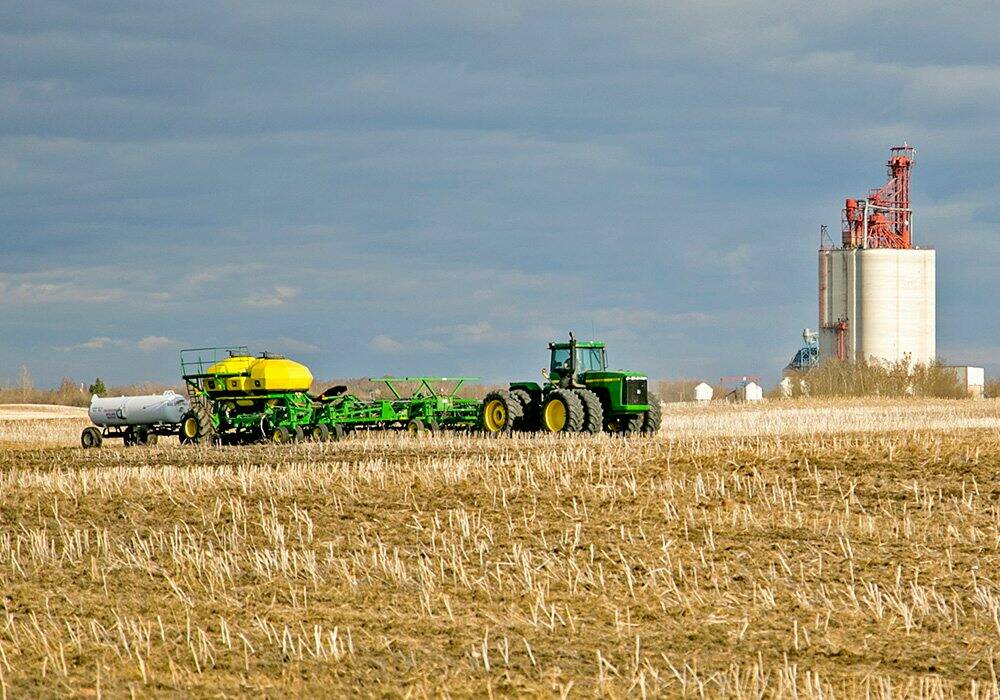
Better data on fertilizer emissions with the Internet of Things
Web of soil sensors looks for live insights on farm greenhouse gas emissions and nitrogen fertilizer application.
Why it matters: Desiccation can speed crop dry-down if that proves necessary this year.
Farmers should ask whether they need crops to dry down, weeds to dry down, or both. The answer will determine whether to use Roundup, Heat or Reglone.
Roundup (glyphosate)
“With Roundup, basically we’re doing perennial, pre-harvest weed control,” says Brown-Livingston. “Annual weeds by now have set seed. Most of that seed is probably viable or getting very close to being viable. So, you’ll definitely get some dry-down on that, but for annual weed control, you’re really not going to do anything unless it’s a very young annual weed.”
Glyphosate is not meant to be used as a desiccant for crop dry-down.
“It’s registered for pre-harvest weed control,” said Brown-Livingston. “It’s not used as a desiccant; it’s just too slow.”
Consider markets before using glyphosate on crops, she advised.
“Just because it’s registered on a certain crop doesn’t mean your buyer will accept it. There’s been a lot less acceptance in the last couple of years of glyphosate-treated crops when they’re treated at pre-harvest time.”
The Keepitclean.ca website has a detailed section on pre-harvest glyphosate staging for all crops. The basics are that grain moisture must be below 30 per cent because seeds can still absorb the herbicide if moisture is higher.
For cereals, use the thumbnail test. Apply pressure to a grain kernel with your thumbnail. If the imprint remains in the kernel, moisture is below 30 per cent. If it springs back, moisture is too high.
For canola and mustard, the 30 per cent threshold is reached when pods are green to yellow and most seeds are yellow to brown. With peas, 70 to 80 per cent of pods should be brown.
Heat (saflufenacil)
Saflufenacil is a group 14 product meant to hasten dry-down of crops and green weeds.
The staging is similar to glyphosate. The moisture level must be below 30 per cent.
With canola, 80 per cent of seeds should have changed colour. With peas, the majority of the pods should be brown, and the same is true for dry beans.
For faba beans, 80 per cent of the lower pods should have turned black. The middle pods should be yellow and tan, and the top green pods should have firm seeds.
“Whenever you think you’re ready to use Heat, probably wait another couple of days,” said Brown-Livingston. “This product does work a lot faster than glyphosate.”
It’s best to apply saflufenacil in the heat of the day between 9 a.m. and 5 p.m. It can be used alone or tank-mixed with one litre of glyphosate.
“If you’re using Heat by itself without the glyphosate, you need to be using at least 20 gallons of water. We need lots of water and lots of coverage,” said Brown-Livingston. “This is a contact herbicide, and we need to get the coverage on there. So slow down and use the right nozzles. Your fungicide nozzles with the angled nozzles are a good choice.”
The pre-harvest interval for saflufenacil is two to three days. It can also be used on chickpeas, red lentils, soybeans, sunflowers, triticale and flax.
Reglone (diquat)
Reglone is the fastest-working desiccant of the three. It is also a contact herbicide and a true desiccant. Its purpose is to dry immature green material.
“We are not doing any kind of weed control,” said Brown-Livingston. “We are just drying down the green material at the top of the crops and green weeds. It does not speed up the maturity of green crops, so you have to put it on as late as the label says.”
With canola, that means 90 per cent or more of the seed should be brown. With peas, the bottom pods should be ripe and dry, and the seeds should be detached from the pods.
With flax, 75 per cent of the bolls should be brown. With dry beans and red and white kidney beans, 80 to 90 per cent of the leaves should be gone, and 80 per cent of the pods should be yellow and leathery.
With faba beans, most plants should be ripe and dry, the pods should be fully filled, and the bottom pods should be black or tan.
Canola and peas will not change colour after Reglone application.
“You are basically locking in that green,” said Brown-Livingston. “So in canola, you have to spray when 90 per cent or more of the individual seeds have turned brown or black across the entire plant and across the whole field, and then harvest the canola as soon as dry-down is complete.”
It’s similar for peas.
“For field peas, the time to apply Reglone is when the upper pods’ fleshy green is starting to turn yellow. The seeds may be immature, but again, we don’t want to have that green colour on the inside of them,” said Brown-Livingston.
“You want them to be drying down a bit. Pods are light green to yellow and somewhat shrunken and leathery in the middle. Seeds are full-size and soft, but they’re not juicy, and they will split when squeezed. The bottom pods are dry and translucent. The seeds are detached from the pod, so you’ll hear that rattle.”
When applying Reglone, use a minimum 20 gallons of water volume.
“We want to apply it in the morning, evening, or when it’s cool and cloudy,” said Brown-Livingston. “We don’t want to apply it in the intense sunlight.”
The post-harvest interval for canola is seven to 10 days. For peas and flax, it’s when the samples test dry. With faba beans, it’s four to seven days.
“This is really speedy,” said Brown-Livingston. “We’ve got to be careful to get lots of coverage on these products,” she said. “We don’t want to have any evaporation. We don’t want to lose our spray droplets because it is so hot and dry out there.
“Because this works so well and it works so quickly, you need to be able to make sure that your combines can keep up with what you’ve sprayed,” Brown-Livingston warned. “You need to have the combines ready and get in there, because you may not have a lot of time, especially this year.”
Reglone can also be used for soybeans, sunflowers, chickpeas, potatoes and forage for seed production.







